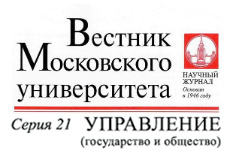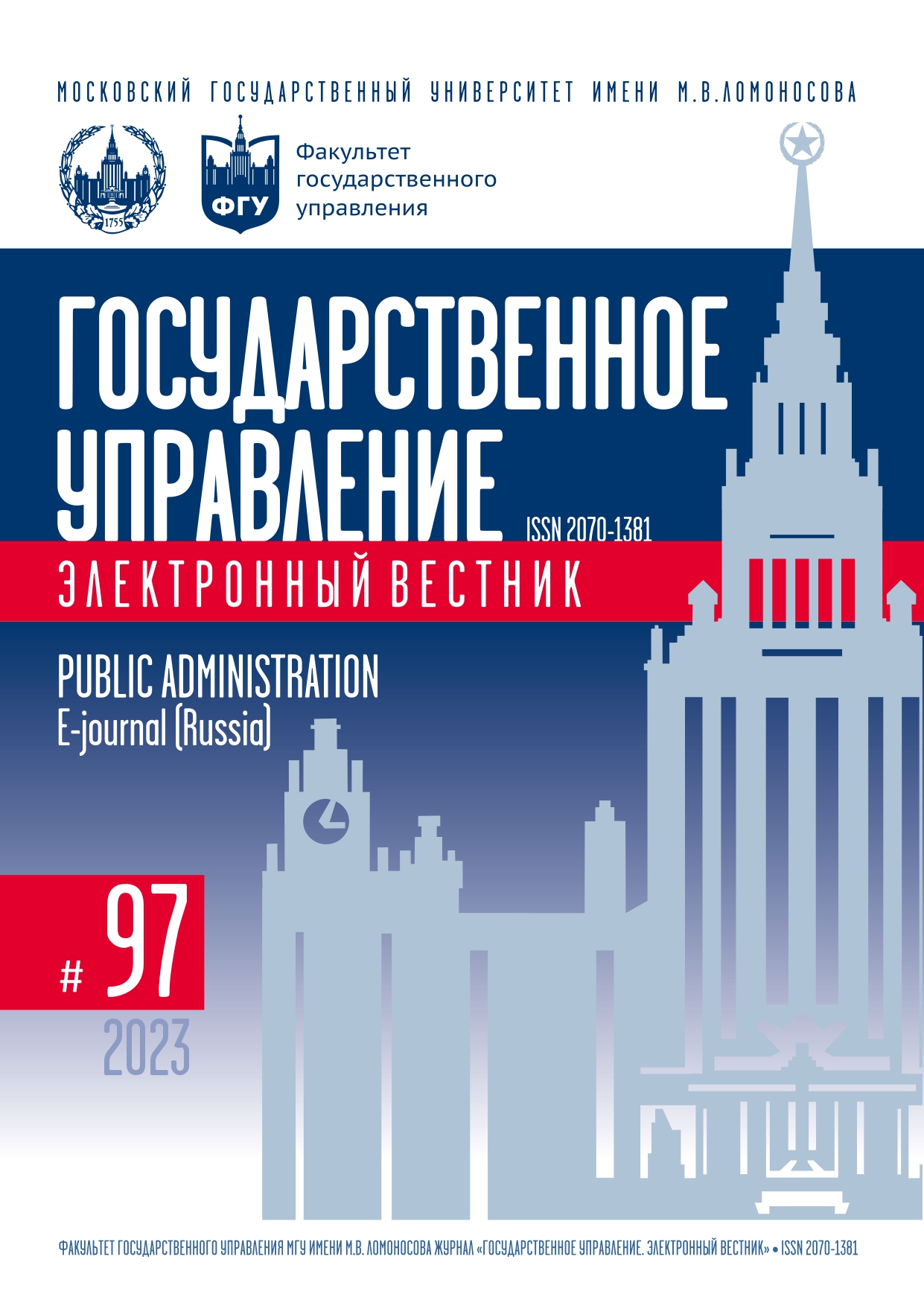Soviet Participation in Construction of Indian Metallurgical Plants
DOI:
https://doi.org/10.24412/x9q11027Keywords:
Soviet-Indian relations, metallurgical plant, Bhilai, economic relations, cooperationAbstract
The article analyses the assistance provided by the USSR to India in construction of metallurgical plants. Strengthening of Soviet-Indian relations began immediately after India’s independence in 1947. 1953 was pivotal for strengthening of economic ties between the two countries. The intergovernmental trade agreement signed on the 2nd of December became the basis for Soviet-Indian economic cooperation; it was signed for five years but later it was decided to extend the agreement because the parties were satisfied with the result of the cooperation. Partnership was mutually beneficial. Soviet leadership allocated financial aid for India on more than one occasion. Soviet Union helped India develop various industries, however the closest cooperation was in the field of metallurgy. The purpose of the article is to study the model of cooperation between the USSR and India in the construction of metallurgical plants in India. Plants built with the Soviet assistance played an important role in the development of Indian economic capacity. The current intensive development of relations between Russia and India particularly in the field of economy highlights the relevance of the research. The Indian leadership tried to pay more attention to the development of heavy industry in 1950s and 1960s. It was reflected in the first, second and third five-year plans. Construction of the largest metallurgical plant in Bhilai started in this period. The USSR was obliged to ensure the design of the plant, provide the necessary equipment and train Indian specialist in accordance with the agreement. The research is based on documentary and historical analysis. A number of archival documents used in the article has not been studied before. The result of the study allowed describing the Soviet-Indian interaction in the field of metallurgy and assessing the significance of cooperation.
References
Галиева Н.В. Внешняя торговля Индии в 1950-2000-х гг. // Вестник МГИМО. 2012. № 1(22). С. 181–186. DOI: 10.24833/2071-8160-2012-1-22-181-186
Лунёв С.И. Советско-индийские отношения (1955–1971 гг.): рождение дружбы // Вестник МГИМО. 2017. № 2(53). С. 24.–51. DOI: 10.24833/2071-8160-2017-2-53-24-51
Облянцев М.И. Индия глазами советских друзей. Москва: Наука, 1979.
Скачков С.А., Морозов В.Г., Завивалов Е.Д. Построено при экономическом и техническом содействии Советского Союза. Москва: Международные отношения, 1982.
Bindra S.S. Foreign Aid and Foreign Policy: An Implementation Process // World Affairs: The Journal of International Issues. 2018. Vol. 22. Is. 3. P. 126–141.
Dash S., Rath S.S. Knowledge Management Practices in Steel Industries of India: A Comparative Analysis of Public and Private Steel Industries // Turkish Journal of Computer and Mathematics Education. 2021. Vol. 12. Is. 2. P. 2032–2041. DOI: 10.17762/turcomat.v12i2.1807
Engerman D.C. The Price of Aid: The Economic Cold War in India. Cambridge (Massachusetts), London (England): Harvard University Press, 2018.
Hilger A. Socialist Internationalism, World Capitalism, and the Global South: Soviet Foreign Economic Policy and India in Times of Cold War and Decolonization, 1950s–1960s // Journal of World History. 2021. Vol. 32. Is. 3. P. 439–464.
Logan W.A. India and the Cold War // A Technological History of Cold-War India, 1947–1969.
Palgrave Studies in the History of Science and Technology. Cham: Palgrave Macmillan, 2022. P. 43–72. DOI: 10.1007/978-3-030-78767-7_3
Mehrotra O.P. Soviet Economic Aid to India: Some Facts // Soviet Review. 1970. Vol. VII. Is. 8. P. 26–32.
Menon M.S.N., Morozov V.P. Indo-Soviet Trade and Economic Ties. New Delhi: Allied, 1986.
Pradhan M. Role of Soviet Union in India’s Industrialization: A Comparative Assessment with the West // International Journal of Research and Analytical Reviews. 2019. Vol. 6. Is. 1. Р. 243–248.
Rodionov N., Senin V. Soviet-Indian Economic and Trade Exchanges. New Delhi: Soviet Land Booklets, 1981.
Singh Z.D. Power and Diplomacy: India’s Foreign Policies during the Cold War. Oxford: Oxford University Press, 2019.
Downloads
Published
Similar Articles
- Pavel A. Boev, Evolution of Interaction Mechanisms between the USSR and the BSSR to Eliminate Consequences of the Chernobyl Disaster , Public Administration. E-journal (Russia): No. 110 (2025)
- Svetlana V. Senotrusova, Maria I. Sokolova, Retrospective of Relations between the Russian Federation and the Federal Republic of Germany , Public Administration. E-journal (Russia): No. 93 (2022)
- Ruslan Yu. Chervyakov, Andrey Andreevich Andreev — First Supervisor of the Soviet Housing Cooperation (1924–1925) , Public Administration. E-journal (Russia): No. 100 (2023)
- Timur O. Tarba, Instruments of Interaction between State Corporations and Subjects of the Russian Federation , Public Administration. E-journal (Russia): No. 109 (2025)
- Sergey M. Nikonorov, Anastasiia N. Kulikova, Floating Nuclear Power Plant as a Driver for the Sustainable Development of Arctic Cities (on the Example of Pevek) , Public Administration. E-journal (Russia): No. 107 (2024)
- Vyacheslav A. Nikonov, Saudi Arabia as a New Member of BRICS , Public Administration. E-journal (Russia): No. 107 (2024)
- Vyacheslav A. Nikonov, New BRICS Member — United Arab Emirates , Public Administration. E-journal (Russia): No. 108 (2025)
- Artyom V. Gavrilyuk, Zhao Anran, Emergence and Development of Gig Economy in the Context of Society Digitalization. Part 1 , Public Administration. E-journal (Russia): No. 106 (2024)
- Vyacheslav A. Nikonov, A New Member of BRICS — Ethiopia , Public Administration. E-journal (Russia): No. 106 (2024)
- Vladimir V. Romanenko, Igor N. Molchanov, Externalities of Sanctions Impact on Russian Economy , Public Administration. E-journal (Russia): No. 104 (2024)
You may also start an advanced similarity search for this article.




